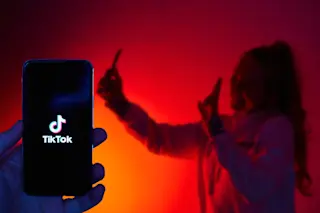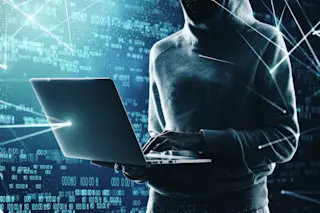This week, the FBI arrested 11 alleged Russian spies living in New Jersey. How did they catch them? By digging through their photos. These weren't snapshots of covert meetings or secret handshakes, but--more likely--the quotidian: kittens and ice cream cones. They weren't hidden in some obscure drop location, but viewable to the public, online. The pictures' real importance was tucked inside, in encoded messages detailing secret meetings. We aren't talking Magic Eye--no mater how long you cross your eyes, staring at these pictures wouldn't tell you where to drop off money or who to call. The alleged spies reportedly encoded the messages at the pixel level. Every color on your computer screen is a combination of red, blue, and green--digitally represented as three numeric values. By making subtle changes to these numbers, the Russians hid binary code that someone--with the right software--could recombine into a message.
Applying special software, the ...













